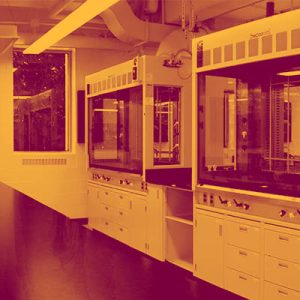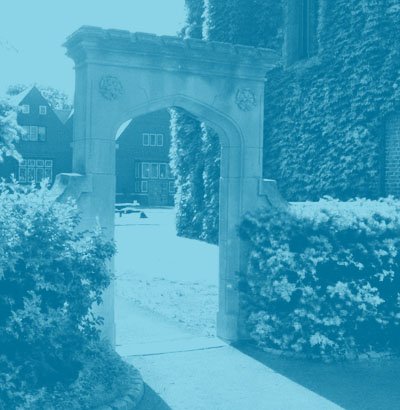 Our undergraduate students can access to world-class instrumentation and research facilities hosted both in the Department and on McMaster’s campus. Whether it’s through co-op edication placements or summer positions in research labs students can gain valuable, hands-on experience. They can also take research course-credit courses such as a research practicum and senior thesis. Some key instruments available include:
Our undergraduate students can access to world-class instrumentation and research facilities hosted both in the Department and on McMaster’s campus. Whether it’s through co-op edication placements or summer positions in research labs students can gain valuable, hands-on experience. They can also take research course-credit courses such as a research practicum and senior thesis. Some key instruments available include:
- solution and solid state NMR spectrometers (850, 700 x 2, 600, 500, and 200 MHz),
- single-crystal, powder and thin film X-ray diffractometers
- mass spectrometers (GC-EI/CI TOF, LC-ESI/APCI Triple Quadrupole, MALDI-TOF, MALDI/CapLC-ESI) and
- various Raman, IR, NIR, UV-Vis and Fluorescence spectrometers.
Much of this infrastructure is located in central research facilities operated by the Deparment. Our individual research groups also have a broad range of specialized instrumentation, ranging from vacuum lines and glove boxes to an Atomic Layer Deposition reactor to equipment for GPC, HPLC, electrochemistry, thermogravimetric analysis and differential scanning calorimetry.
Students and researchers have access to unparalleled research infrastructure on campus including the Brockhouse Institute for Materials Research (BIMR) and the BioInterfaces Institute.
With the above and more, our researchers and students can study the nanoscale morphology, composition and properties of new materials for a broad range of applications in devices we use every day. Applications range from improved thermoelectric materials and batteries to flexible nanotube-based photovoltaic devices to thin films to be used in future computer processors. Our biomaterials research programs study specific surface interactions with biological species in multiple samples; discoveries here can lead to better ophthalmic biomaterials and point-of-care diagnostics.




